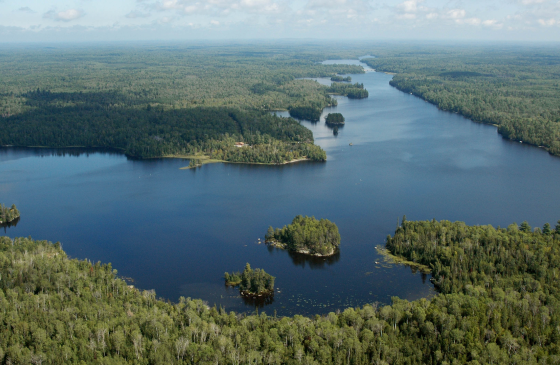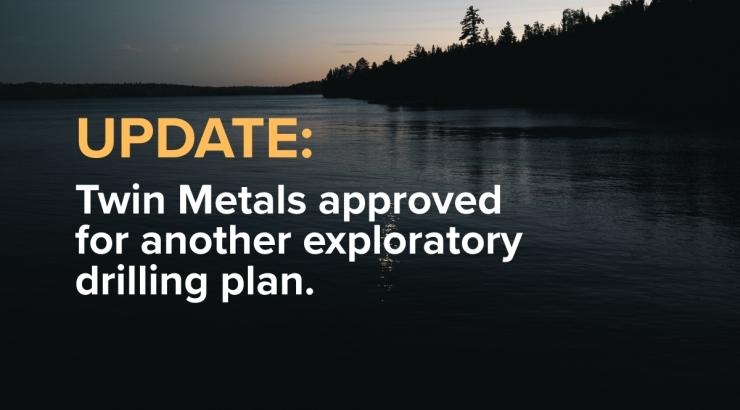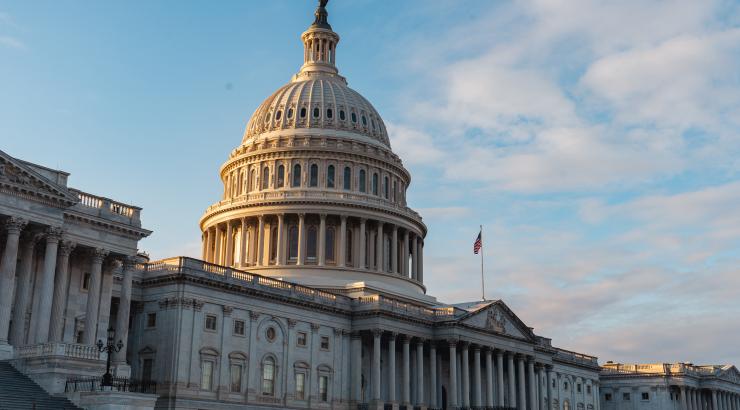The Boundary Waters is America's most visited Wilderness. It’s known for its interconnected lakes, rivers, and unspoiled forests that offer world-class recreation, critical habitat, and more. Millions of people have developed a lifelong love of nature through canoeing, camping, fishing, paddling, dogsledding, hunting & hiking experiences in this one-of-a-kind Wilderness.
What’s the Boundary Waters without its impeccable water quality?
The interconnected waterways in the Boundary Waters Canoe Area Wilderness are among the purest in the world. Did you know this area is one of the few remaining places where paddlers can drink water directly from the lake?
The campaign to Save the Boundary Waters is working to protect the Boundary Waters from sulfide-ore copper mining permanently. Hardrock mining is the nation's most toxic industry, as determined by the Environmental Protection Agency, and should not be allowed in the same watershed as the Boundary Waters.
We filed a first-of-its-kind lawsuit arguing that Minnesota’s rules will not protect the Boundary Waters from copper mining.
In June 2020, we challenged Minnesota’s rules governing copper mining, arguing that outdated Minnesota mining rules are inadequate to protect the Boundary Waters and its headwaters from sulfide-ore copper mining.
On May 31, 2023, the Minnesota Department of Natural Resources (DNR) responded.
The DNR found Minnesota’s state rules inadequate to protect the Boundary Waters from the toxic noise and light pollution inherent to sulfide-ore copper mining. This was encouraging news. However, they failed to adequately address the significant threat this type of mining poses to water quality.
So, we’re going back to court.
This month, Northeastern Minnesotans for Wilderness (Save the Boundary Waters’s parent organization) filed a request for a contested case, challenging the Minnesota Department of Natural Resources (DNR) findings as part of our groundbreaking lawsuit regarding Minnesota’s outdated copper mining rules.
The science is clear.
Minnesota’s non-ferrous mining rules need to be stronger to adequately protect the Boundary Waters, not just from noise and light pollution but also water and air pollution. We will continue working to ensure that the DNR addresses all the risks posed by sulfide-ore copper mining in the Boundary Waters watershed.
100% of sulfide-ore copper mines have resulted in surface or groundwater pollution. Pollution from this type of mining will inevitably flow directly into the heart of the Boundary Waters. Peer-reviewed research shows that pollution from a mine in this watershed, like Twin Metals, even under normal mining operations, would generate contaminants that would flow directly into the Wilderness.
Sulfide-ore copper mining is much more toxic than Minnesota’s taconite mining. Mining of this ore body would produce giant waste piles that leach sulfuric acid, heavy metals, sulfates, and sulfide when exposed to air and water. These byproducts pollute not just land, air, and soil but groundwater, wetlands, rivers, and lakes as well. This type of mining can generate pollution lasting more than 500 years.
We cannot allow this risky mining next to such a pristine Wilderness. Our goal is to protect our invaluable natural resources from pollution, impairment, and destruction.
We are up against powerful forces.
Chilean mining conglomerate Antofagasta, which owns Twin Metals Minnesota, is also challenging the DNR’s decision. Twin Metals continues to invest millions of dollars in an attempting to resurrect their toxic mine plan, which would put America’s most toxic industry in the headwaters of the Boundary Waters.
Antofagasta can pour millions of dollars into sacrificing the Boundary Waters for their profit:
- Since it first proposed mining sulfide-ore metals next to the Boundary Waters, Antofagasta has sought to rationalize risky mining on the edge of the Wilderness, but the truth is this: the only reason for mining this area is to create profit for a foreign mining company.
- Last year alone, Antofagasta spent over $1 million dollars to lobby the U.S. government for its Twin Metals project near the Boundary Waters.
We are contending with the deep pockets of massive foreign mining companies. But with Boundary Waters enthusiasts like you, we can keep fighting back and beat them in every venue until the Boundary Waters is protected for good.
The Boundary Waters must be protected. We need your help to keep the Boundary Waters’ pristine water clean for generations to come.
Make a gift today and all donations will be DOUBLED up to $10,000. Don't miss out on this opportunity to protect clean water.



